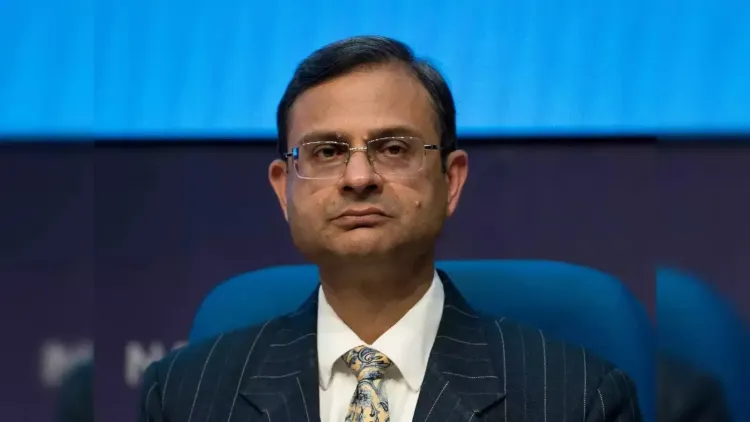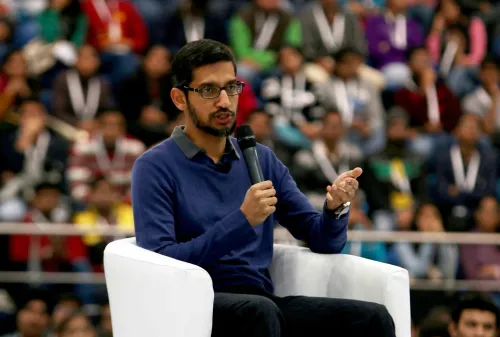Is RBI’s Top Priority Financial Stability?

Synopsis
Key Takeaways
- RBI's primary goal is financial stability.
- Regulatory simplification is ongoing.
- Rupee's value influenced by dollar demand.
- Strong outlook for Indian banks.
- Potential trade deal with the US could stabilize rupee.
New Delhi, Nov 20 (NationPress) The Governor of the Reserve Bank, Sanjay Malhotra, emphasized on Thursday that the primary goal of the RBI is to ensure financial stability within the economic system. He noted that the bank is actively working to streamline regulatory requirements whenever feasible while still upholding essential safeguards and protective measures.
In his keynote address at the VKRV Rao Memorial Lecture held at the Delhi School of Economics, Malhotra elaborated that the RBI remains alert to emerging risks and changing circumstances.
“We acknowledge that achieving short-term growth may sometimes compromise financial stability, but the repercussions of financial instability can be far greater in the long term, leading to losses that surpass any temporary gains,” Malhotra stated.
He posited that while financial stability serves as the foundation, there are additional objectives, such as prudent liquidity and capital requirements, aimed at ensuring the safety and soundness of financial operations for the benefit of all stakeholders, which may not directly relate to financial stability.
Furthermore, he discussed initiatives concerning consumer protection and support in law enforcement, particularly in relation to issues like money laundering, which continue to draw the RBI's focus.
Addressing the recent decline in the value of the rupee, he attributed it to an increased demand for the US dollar.
Malhotra explained, “The fluctuations in the rupee's value are driven by market dynamics. We do not set a target level for the rupee. Its depreciation is a reflection of increased demand for dollars, and conversely, if demand for rupees rises, the dollar's value will decline, leading to appreciation.”
He also reassured that India's foreign exchange reserves remain robust and offer considerable protection. The RBI possesses “very good” foreign exchange buffers, alleviating concerns about the external sector.
In response to inquiries regarding the rupee's depreciation, Malhotra explained that the pressure is mainly trade-related and influenced by developments in US tariffs. He expressed optimism that India would achieve a favorable trade agreement with the United States, which would help alleviate pressure on the current account balance and stabilize the rupee.
“The recent downward pressure on the rupee may ease once India and the United States finalize a trade deal. We are confident about securing a beneficial trade agreement with the US in the future,” he mentioned.
On the same day, the rupee experienced a decline of 23 paise, closing at 88.71 against the US dollar.
When asked about the performance of domestic banks, Malhotra conveyed that the outlook for the Indian banking sector is promising. “Given the performance of Indian banks, several of them will soon rank among the top 100 global lenders,” he remarked.









